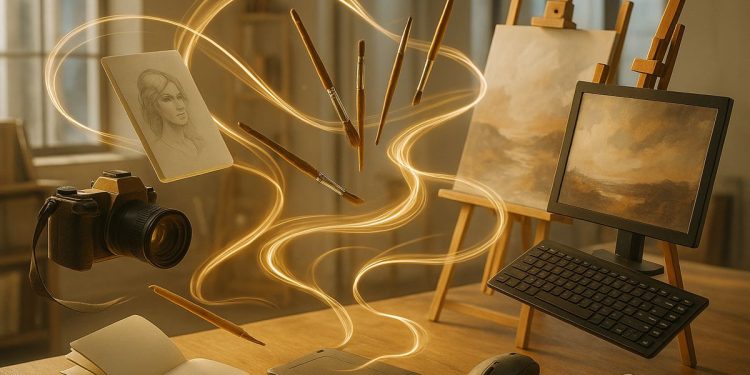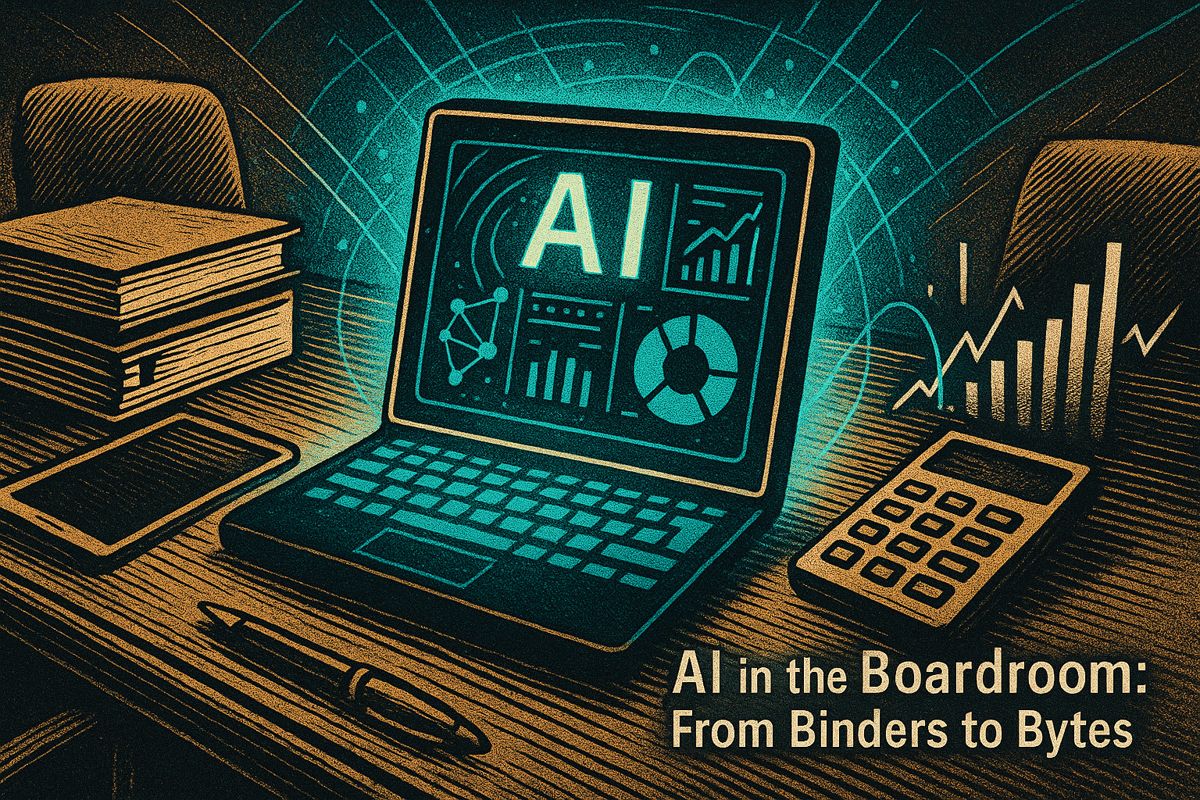By 2025, the promise of AI transforming creative workflows is no longer a slogan but a daily reality. This shift allows writers, designers, and marketers to leverage generative tools that eliminate hours of drudgery and surface expert-level ideas. This report details how teams are using AI to automate repetitive tasks, democratize advanced skills, and fundamentally reshape the creative process.
The Hidden Drudgery AI Eliminates
Creative momentum is often lost to small but time-consuming chores. Generative AI, including large language models and image generators, now automates these tasks in seconds, preserving creative flow for professionals. Common applications include:
- Summarizing lengthy documents and presentations.
- Generating diverse headline options for specific audiences.
- Creating initial visual drafts for thumbnails and social media.
- Translating complex technical language into clear, plain English.
Dan Shipper’s “agentic ghostwriter,” Spiral, exemplifies this by interviewing authors to refine arguments and produce social media copy, a process detailed in a Mercury profile.
AI transforms creative work by automating repetitive, low-value tasks like drafting copy, generating images, and summarizing research. This frees up human creatives to focus on strategic direction, critical thinking, and final refinement, effectively allowing them to produce higher-quality work faster and at a greater scale.
How AI Democratizes Creative Expertise
Generative AI platforms are breaking down barriers, empowering individuals who lack formal design or coding skills. For example, Adobe Firefly users generated over three billion assets in the tool’s first year, demonstrating how simple text prompts can achieve results that once required deep software knowledge. This trend is highlighted by major brands; a DigitalDefynd report documents how Coca-Cola’s “Create Real Magic” campaign leveraged fan-submitted AI art for billboards in Times Square.
This co-creative model is becoming an industry standard:
- A brand invites its audience to co-create content.
- AI systems manage asset quality and usage rights automatically.
- Human curators select the best submissions for premier placement.
Measurable Impact: Key Case Studies from 2024-2025
According to research in the Journal of Advertising, agencies have adopted a formal four-stage AI integration loop: readiness, co-creation, validation, and execution. This workflow, which uses AI for rapid storyboarding and draft creation, has shrunk concept-to-delivery cycles from weeks to just days.
The results are quantifiable:
- Coca-Cola saw a 20% increase in social engagement during its “Create Real Magic” campaign.
- Adobe reports that Creative Cloud subscribers using Firefly produce assets 37% faster than their peers who rely on manual methods.
The Expert Debate: Democratization vs. Disruption
The rise of AI tools has sparked a critical debate among industry experts.
Supporters argue that AI lowers barriers to entry. In a 2025 report, Dominika Weglarz noted, “Creatives will not necessarily have to master traditional tools,” emphasizing that critical thinking is becoming more valuable than technical skill.
Conversely, skeptics voice concerns about new inequities. They warn that the flood of cheaper, automated content could depress professional rates and obscure attribution for original creators.
A consensus is forming that while the productivity gains from AI are undeniable, the industry must develop new standards for authorship, compensation, and professional development to adapt responsibly.
The Future of AI in Creative Teams
Looking ahead, the most successful creative teams are treating generative AI not as a tool, but as a junior colleague. This relationship involves clear briefing, iterative coaching, and decisive human oversight. By managing AI output with the same editorial rigor applied to human drafts, organizations can ensure accuracy and maintain a unique brand voice. Companies adopting this collaborative mindset are already reporting faster project launches, more diverse ideas, and more engaged creative staff who are free from the constraints of repetitive work.



















